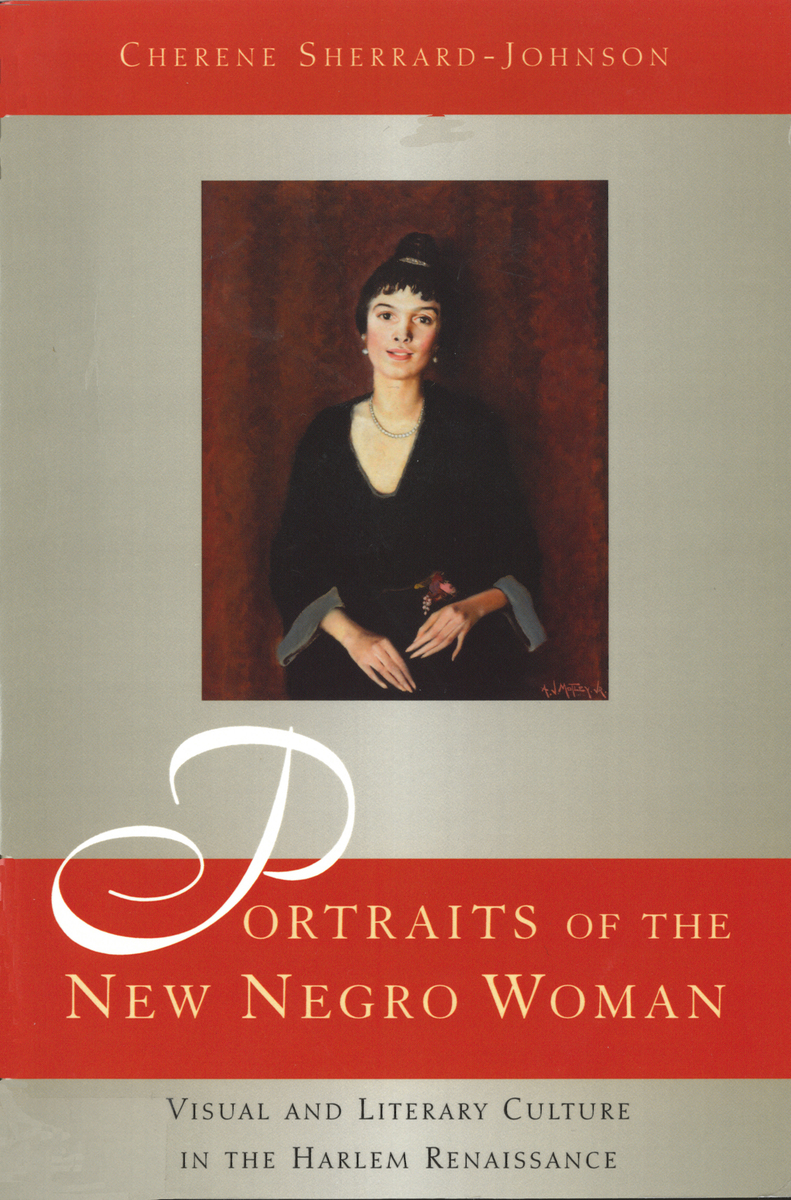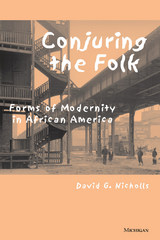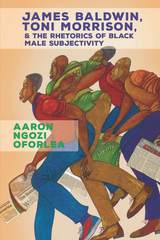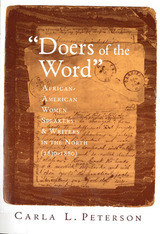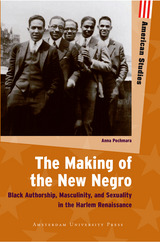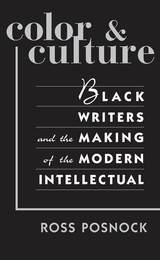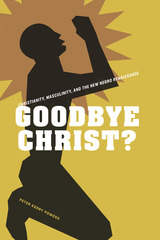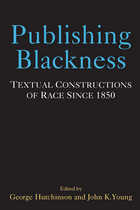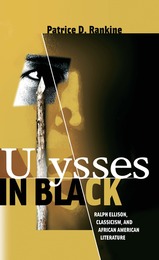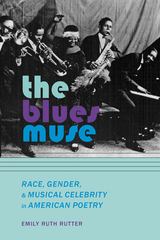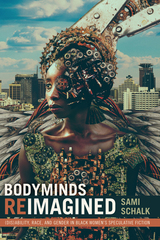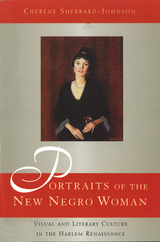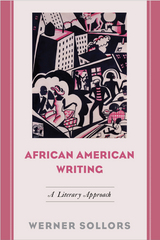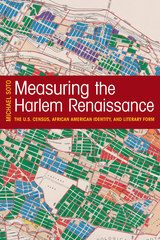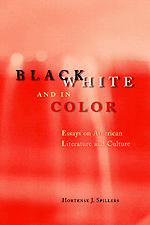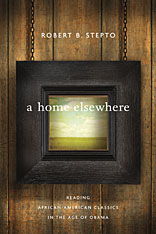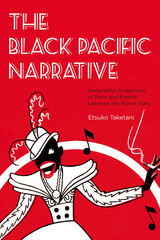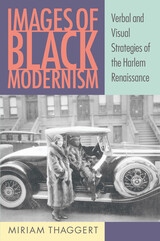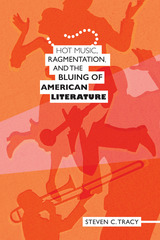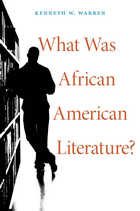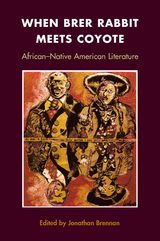Paper: 978-0-8135-3977-5 | Cloth: 978-0-8135-3976-8 | eISBN: 978-0-8135-4240-9
Library of Congress Classification PS153.N5S49 2007
Dewey Decimal Classification 810.992870899607
Of all the images to arise from the Harlem Renaissance, the most thought-provoking were those of the mulatta. For some writers, artists, and filmmakers, these images provided an alternative to the stereotypes of black womanhood and a challenge to the color line. For others, they represented key aspects of modernity and race coding central to the New Negro Movement. Due to the mulatta’s frequent ability to pass for white, she represented a variety of contradictory meanings that often transcended racial, class, and gender boundaries.
In this engaging narrative, Cherene Sherrard-Johnson uses the writings of Nella Larsen and Jessie Fauset as well as the work of artists like Archibald Motley and William H. Johnson to illuminate the centrality of the mulatta by examining a variety of competing arguments about race in the Harlem Renaissance and beyond.
See other books on: African American women in literature | Femininity in literature | Harlem Renaissance | Portraits | Race in literature
See other titles from Rutgers University Press
